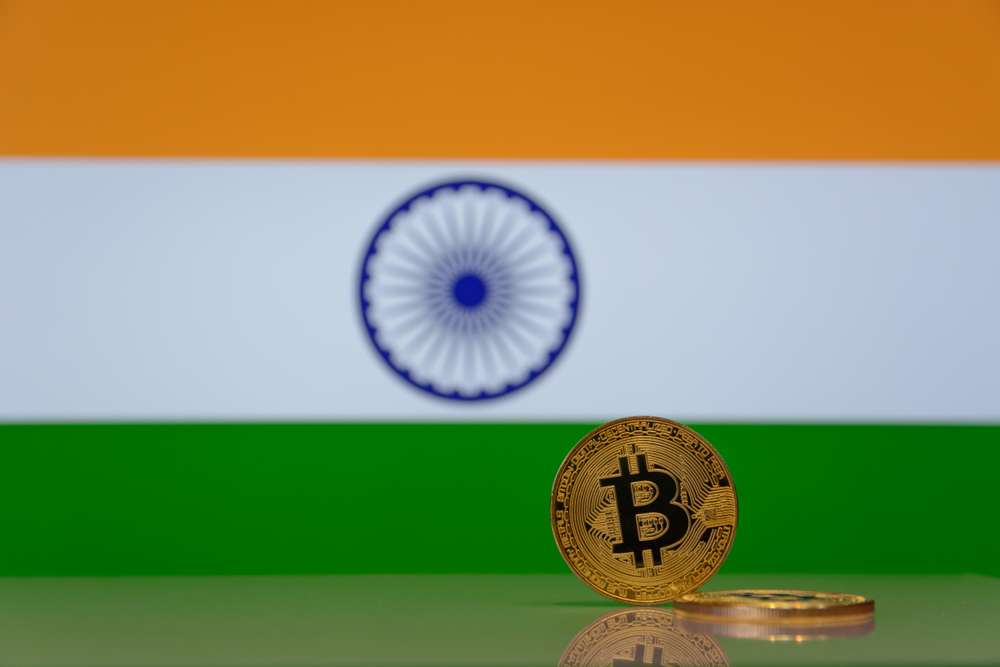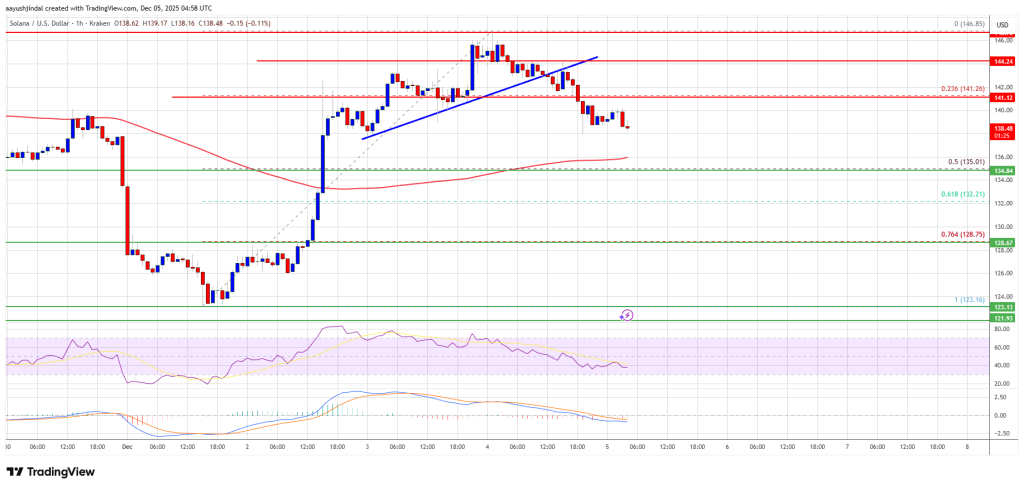
India Eyes June for Crypto Regulation Push Amid Global Momentum
India is poised to unveil a long-anticipated discussion paper on cryptocurrency regulations in June, signaling what could be a pivotal shift in the country’s approach to the digital asset sector. The move comes amid increasing global regulatory clarity and internal pressure from the judiciary, with the Supreme Court urging the government to stop dragging its feet on the issue.
A Shift in Tone?
India’s crypto policy has long been characterized by uncertainty. Despite imposing a steep 30% tax on crypto gains in the FY23 budget and forcing exchanges to register with the Financial Intelligence Unit (FIU), the government has stopped short of granting digital assets any form of legal recognition. This ambiguous stance has been a source of frustration for both the crypto industry and investors.
However, the upcoming discussion paper could mark a turning point. According to sources, the framework will draw heavily from the International Monetary Fund (IMF) and Financial Stability Board (FSB) synthesis report. It may also open the floor for public consultation—offering stakeholders a chance to influence how India crafts its regulatory regime.
A senior government official was quoted saying that any decision India takes will prioritize national interest over rushed actions, recognizing the deep implications of regulating such a fast-evolving sector.
Judiciary Steps In
The push for clarity has not just come from within the crypto community but also from the highest levels of India’s judiciary. The Supreme Court recently criticized the government’s prolonged silence on the matter, calling the lack of regulatory structure a “breeding ground for misuse.” The court emphasized that while an outright ban is not the answer, comprehensive regulations are urgently required.
The Esya Centre, a local think tank, recently reported that nearly 90% of India’s crypto trading activity has moved offshore due to the current hostile tax environment. This capital flight has significantly weakened India’s standing in the global digital asset economy.
Global Landscape: The Heat Is On
India’s regulatory delay contrasts starkly with swift moves elsewhere. In the U.S., President Donald Trump—who has made a sharp pivot from the previous administration’s crypto skepticism—has pardoned several digital asset executives, proposed a strategic Bitcoin reserve, and is actively pushing Congress to enact crypto-friendly laws. The Senate recently passed legislation focused on stablecoins, further solidifying the pro-crypto wave sweeping Washington.
Meanwhile, the European Union’s Markets in Crypto-Assets (MiCA) framework is already rolling out, providing clear guidelines and boosting investor confidence across member states. Crypto exchange Bybit, for example, recently received MiCA license approval in Austria, underscoring Europe’s rapidly maturing regulatory environment.
Markets React
Despite the buzz around regulatory developments, the crypto market has shown signs of volatility. The global crypto market cap dropped over 3% on Friday, standing at $3.31 trillion. Bitcoin, after hitting an all-time high of over $111,900 on May 22, has pulled back to around $105,000. Ripple’s XRP, one of the top performers this year, saw a sharp 10% drop in the same week.
Still, industry sentiment remains cautiously optimistic. Many believe that if India plays its cards right, a well-structured regulatory framework could unlock significant innovation and bring billions in offshore capital back into the domestic economy.
What’s Next?
All eyes are now on June, as India prepares to release what could be a foundational document for the country’s crypto future. With the Supreme Court applying pressure and global counterparts making bold moves, the government appears to have little room left for delay.
Whether this paper marks a genuine shift toward embracing digital assets or another exercise in bureaucratic dithering remains to be seen. One thing is clear: India can no longer afford to sit on the sidelines.





